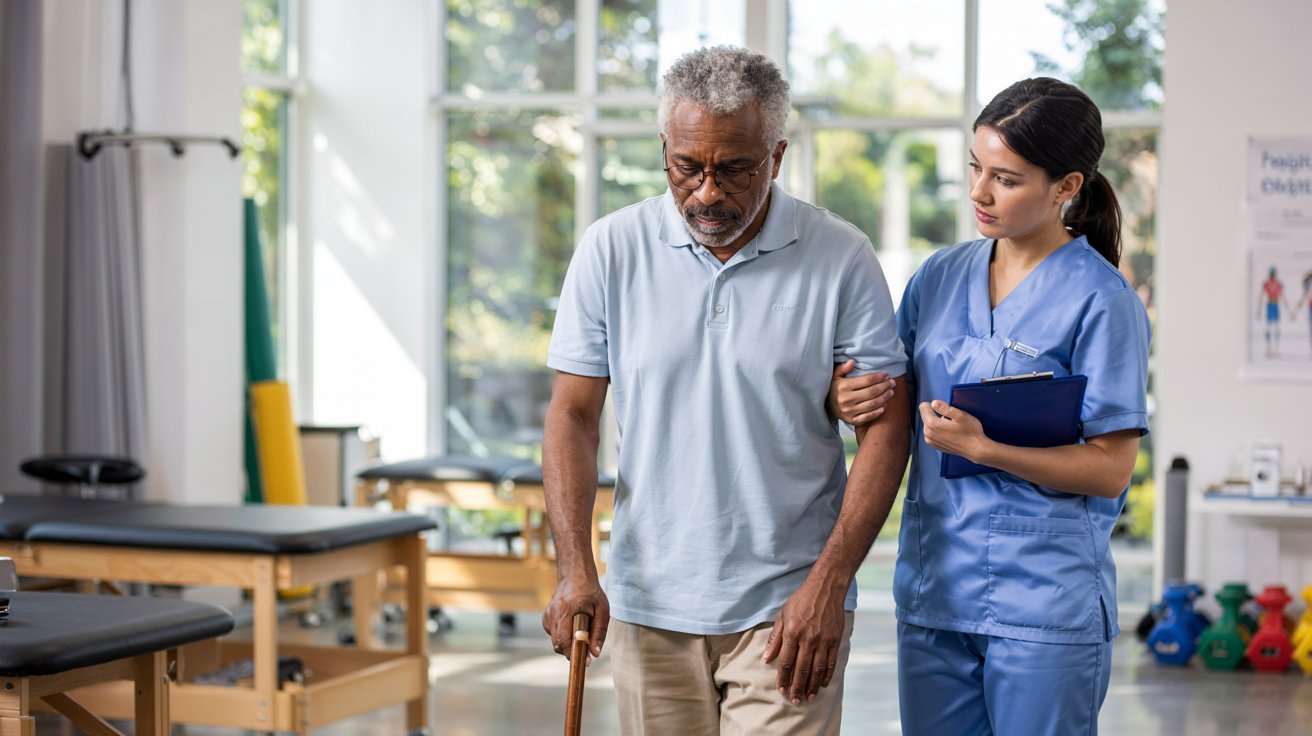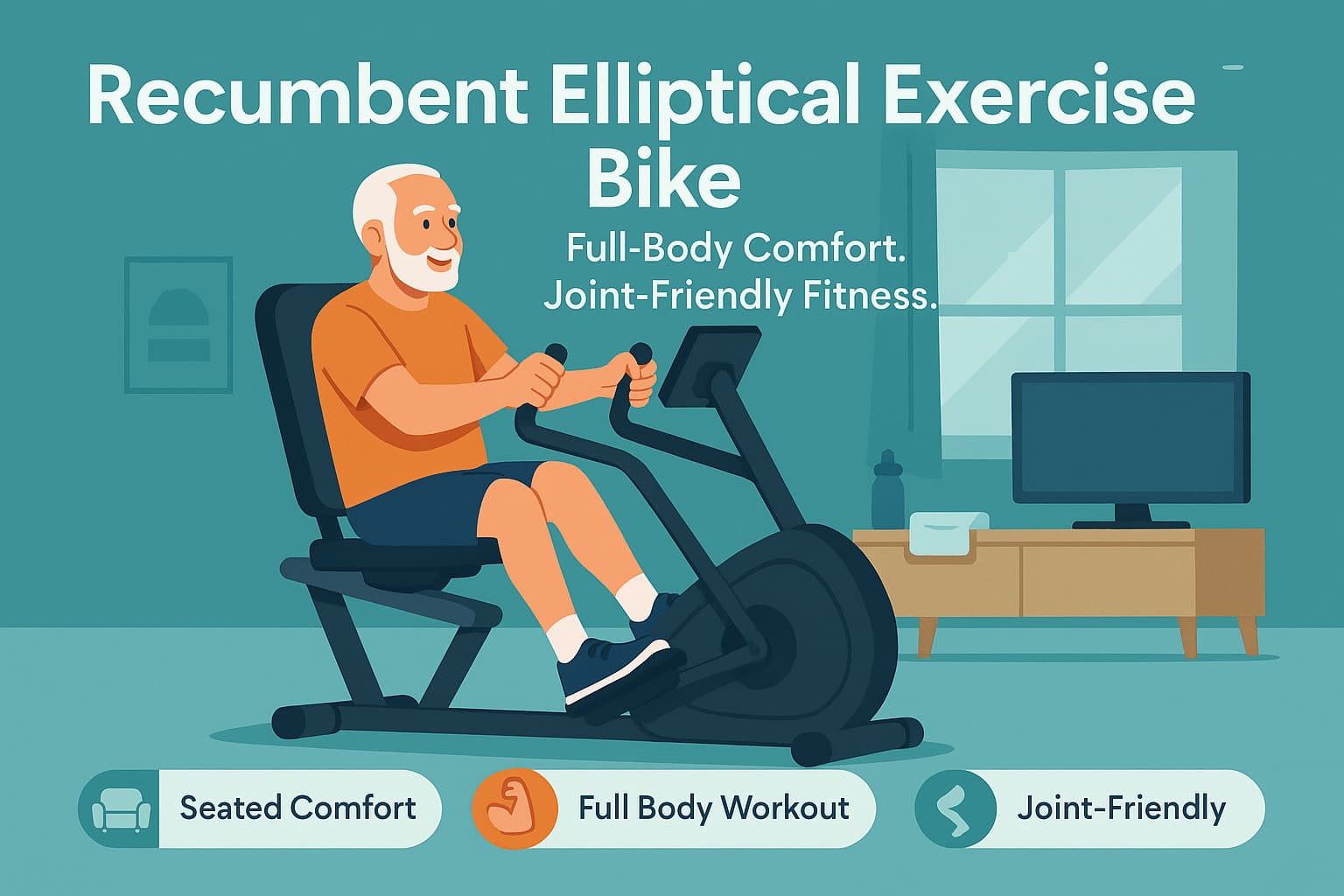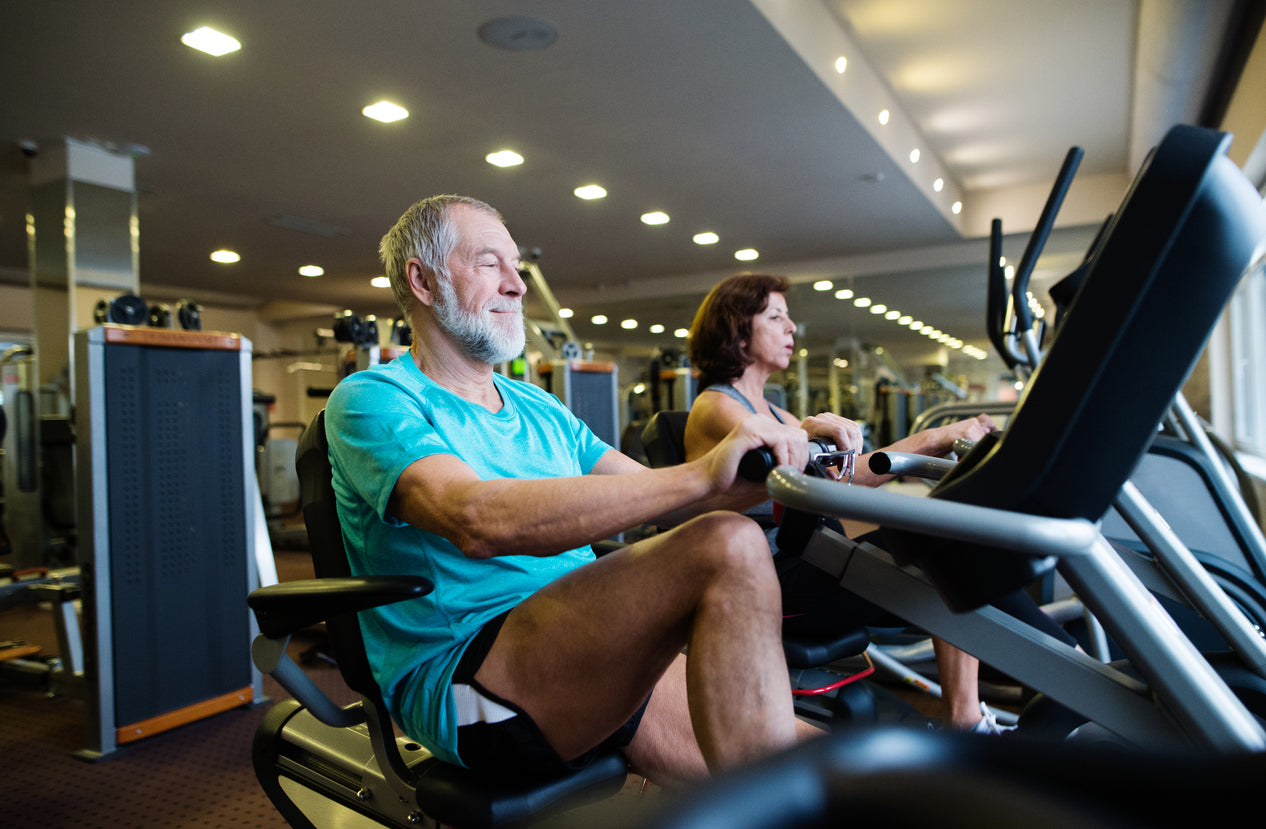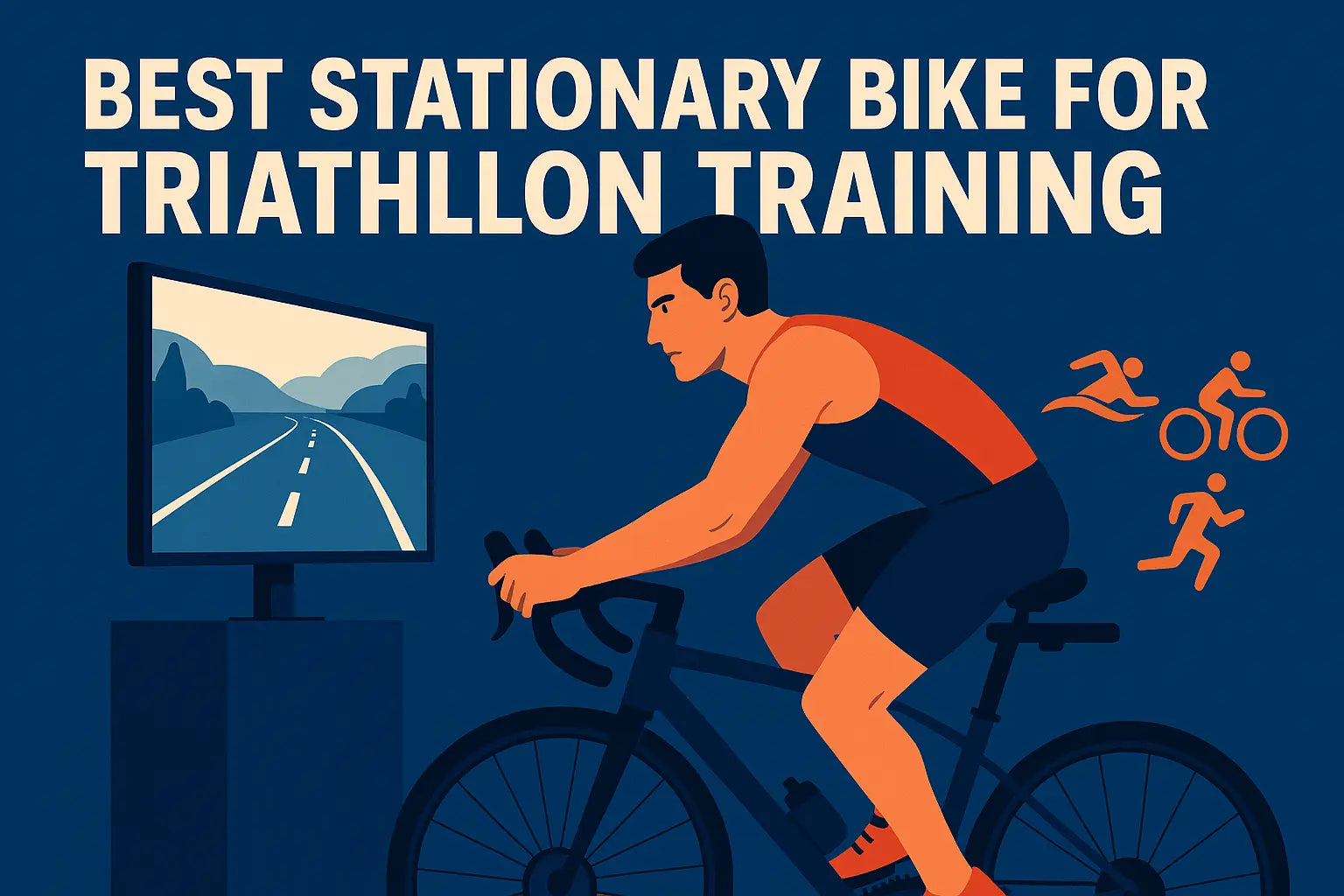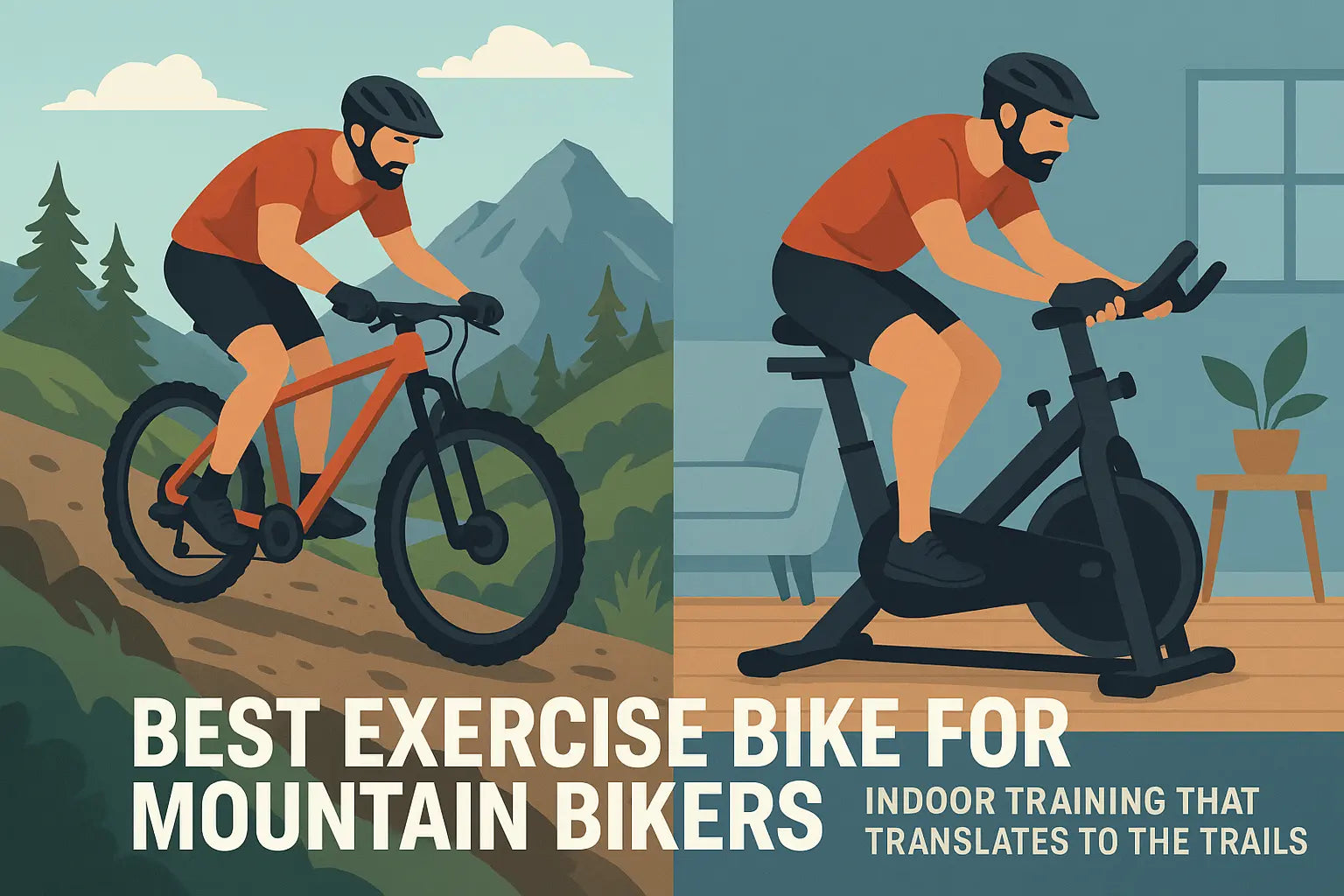Recovering from a stroke is a long journey, often involving physical therapy, lifestyle adjustments, and regular exercise. For many stroke survivors, one side of the body may experience weakness or paralysis, making movement, balance, and walking challenging. Among various recovery tools, recumbent exercise bikes have emerged as one of the safest and most effective options. Unlike a conventional bike, which requires an upright posture and can be difficult for those with limited mobility, recumbent exercise bikes allow users to exercise in a recumbent position, which is especially beneficial for stroke patients due to its ergonomic support and ease of use.
Designed with comfort and support in mind, these bikes feature a reclined position and ergonomic riding position that reduce stress on the body and enhance stability, making them especially suitable for stroke survivors and older adults. Being seated in a stable, supportive position helps minimize the risk of falls and provides greater comfort during exercise. The distribution of the rider's weight over a larger area further enhances comfort and stability, reducing pressure points and making workouts safer. The reclined seating position provides additional comfort and safety, particularly for individuals with mobility concerns. Recumbent cycles, which have evolved over time to prioritize comfort and accessibility, are now widely used in rehabilitation settings. These bikes provide stroke survivors with a low-impact, full-body workout that can be done safely at home.
What is the Best Exercise for Stroke Patients?
The best exercise plan for stroke patients is personalized and combines multiple types of training. According to a study by Kim et al. (2015), published in the Journal of Physical Therapy Science [1], recumbent bikes are one of the most effective choices for improving balance and gait in stroke patients. Many recumbent bikes, recumbent bicycles, recumbent tricycles, and recumbent tricycle models are available, including tricycles and stationary options, to suit various rehabilitation needs. Most riders find recumbents accessible and comfortable, making them a popular choice for rehabilitation. Recumbent riders benefit from the ergonomic design and stability these models provide during recovery, and a regular recumbent offers exceptional comfort for users. It can deliver both aerobic and resistance training in one device. Some advanced machines, like the Vanswe RB408, also offer arm exerciser for upper body exercise. This whole-body approach improves cardiovascular fitness, builds strength, and enhances coordination. Recumbents, including both recumbent bicycles and recumbent tricycles, offer a versatile and effective solution for stroke rehabilitation.
Below are rehabilitation exercises suitable for stroke patients:
- Gait Training: Relearning to walk using guided, repetitive movements.
- Aerobic Exercise: Improves heart health and endurance. Recumbent cycling is a top choice. A tricycle or recumbent tricycle can also be used for safe, stable cycling.
- Strength Training: Light resistance exercises (2–3 times per week) help reverse muscle atrophy.
- Flexibility and Range-of-Motion Workouts: Prevent stiffness and improve joint mobility.
- Balance and Core Exercises: Vital for fall prevention and regaining stability.
Is a Stationary Bike Good for Stroke Victims?
Yes, a stationary bike—especially a recumbent bike—is highly beneficial for stroke recovery. Research published in the Journal of Physical Therapy Science (Kim et al., 2015) [2] found that cycling exercises significantly improve gait and balance in chronic stroke patients. Even before independent walking is possible, cycling can help re-engage the lower limbs and support brain-muscle recoordination.
Why it’s effective for stroke rehab:
- Promotes neuroplasticity through repetitive leg movements that mimic walking
- Provides a stable, fall-free workout—ideal for those with limited balance
- Improves cardiovascular health, reducing the risk of future strokes
- Strengthens key leg muscles, aiding standing and mobility
- Encourages at-home independence, boosting consistency and motivation
Unlike a traditional bicycle or upright bicycles, a recumbent bike features a reclined seating position and a wide seat, which provide greater ergonomic support and comfort. Conventional bikes and traditional bicycles are the standard options most people are familiar with and typically learn to ride first, but they require an upright posture that can be challenging for those with mobility issues. In contrast, the recumbent position allows users to remain comfortably seated with better back support, offering key ergonomic advantages. The difference in riding position and comfort between a recumbent bike and a conventional bike is significant, especially for rehabilitation. Recumbent cycles, which include a variety of designs, are widely used for both general fitness and rehabilitation due to their stability and adaptability for different needs.
Recumbent bikes are often used in clinics and home settings as part of a comprehensive stroke rehabilitation plan.
What is the Best Bike for a Stroke Patient?
Among all available community-based cycling equipment, a 2019 study by Kerr et al. demonstrated that recumbent bikes, recumbent bicycles, recumbent tricycles, and recumbent tricycle options are the most effective for stroke recovery. The study evaluated an 8-week indoor cycling program across local leisure centers involving 77 participants, including non-ambulatory patients. It found that the ideal bike for a stroke survivor must prioritize safety, accessibility, and rehabilitation potential. Recumbents, including both recumbent bicycles and recumbent tricycles, are especially suitable for stroke survivors due to their ergonomic design and stability. Among various types of cycling equipment tested, the recumbent bike and trike are on the same level or above other rehab equipment in terms of rehabilitation potential, and the recumbent bike best met these criteria.
- Pedals positioned in front of the body: The reclined, seated position allows the rider to pedal comfortably while distributing the rider’s weight evenly, resulting in a more comfortable ride. Many recumbent bikes and trikes also feature a longer wheelbase, with the front wheel and rear wheel sometimes being the same size, which enhances stability and comfort for the rider. The wheel configuration, including the placement and size of the front wheel and rear wheel, plays a key role in the overall stability and ride quality.
- Low-Impact Motion: It provides smooth pedaling that protects knees, hips, and ankles—perfect for those with mobility issues.
- Bilateral Leg Engagement: The non-affected leg can assist the weaker leg during pedaling, promoting brain reorganization and recovery through a process called neuroplasticity.
- Adjustable Resistance: Stroke recovery is progressive. The best bikes allow users to modify resistance levels to match their strength and endurance.
While upright bikes or spin bikes may suit athletes, they require greater balance and coordination—skills that stroke patients often need to relearn. In contrast, recumbent bikes, tricycles, and a regular recumbent are safer, more stable, and easier to mount and dismount, making them the top choice for rehabilitation and relaxed cycling.
Benefits of Using a Recumbent Bike for Stroke Patients
For stroke patients, a physical therapy recumbent bike is a smart and safe recovery tool. The reclined seating position and stable frame of many recumbent bikes make them accessible and safe for individuals with limited mobility or balance challenges. This supportive seating position allows users to focus on building strength and endurance in their legs without the fear of falling. Adjustable resistance levels on these bikes enable stroke patients to customize their exercise routine, gradually increasing intensity as their fitness improves. Regular use of a recumbent bike can help enhance cardiovascular fitness, promote better circulation, and support overall recovery. By incorporating recumbent bike exercise into their daily routine, stroke patients can work towards regaining independence and improving their quality of life.
Best Recumbent Bike for Stroke Patients
One of the top options for stroke survivors is the Vanswe RB408 Full Body Recumbent Bike with Arm Exerciser, designed to support full-body rehabilitation at home. The bike’s design features a wheel configuration with a front wheel and rear wheel, which may be the same size or different depending on the model. Some recumbent bikes use a small front wheel or smaller front wheel, which can improve maneuverability but may result in higher rolling resistance compared to larger wheels. The seats are designed for comfort and support, featuring a contoured seat that enhances ergonomics and ventilation for extended use. The recumbent position allows users to remain seated in a stable, reclined posture, providing key ergonomic benefits and reducing strain during workouts. Its handlebars are positioned for easy reach and control, accommodating different riding preferences and comfort levels. The performance tracking system includes a heart rate monitor, allowing users to track their progress and optimize workouts. With an efficient design, recumbent bikes like this can achieve high speeds, making them appealing for those seeking both rehabilitation and performance. It offers the benefits of both lower and upper body training, which is essential for rebuilding strength, improving circulation, and stimulating neuroplasticity. Some recumbent models may have a larger turning radius, making tight turns more challenging, but they offer excellent stability and comfort for in-home use. Its quiet operation, supportive frame, and versatile adjustability make it especially suitable for in-home use by stroke patients. Choosing the right model is important to ensure it meets individual rehabilitation needs and preferences.
Key Features of the Vanswe RB408:
- Step-through Design: Allows easy mounting and dismounting, essential for users with limited mobility. The design features a wheel configuration with a front wheel and rear wheel, which may be the same size or sometimes include a small front wheel or smaller front wheel. Choosing a smaller front wheel can lead to higher rolling resistance, affecting ease of pedaling.
- Arm and Leg Coordination Training: The integrated arm exerciser enables upper body engagement while pedaling, promoting bilateral coordination.
- Adjustable Magnetic Resistance: 8 levels of smooth, quiet resistance allow users to start gently and progress gradually based on their recovery stage.
- Comfortable Seating: A wide, padded seat with backrest and rail-adjustable system provides ergonomic support and ensures long-session comfort. The recumbent position and seated posture offer additional stability and comfort, making it suitable for extended workouts.
Related Article:
Best Recumbent Bike with Arm Exerciser 2025
Conclusion
Stroke recovery demands dedication, consistency, and the right tools. A recumbent bike provides a safe, low-impact, and effective way to regain strength, balance, and independence. Whether you're just beginning rehab or maintaining long-term health, the right bike can help you move forward—literally and figuratively.
If you or a loved one is on the path to recovery, consider investing in a recumbent bike. Paired with support from healthcare professionals and a tailored rehab plan, it could be one of the most empowering steps toward regaining freedom and quality of life.
Refference
- Kim SJ, Cho HY, Kim YL, Lee SM. Effects of stationary cycling exercise on the balance and gait abilities of chronic stroke patients. J Phys Ther Sci. 2015 Nov;27(11):3529-31. doi: 10.1589/jpts.27.3529. Epub 2015 Nov 30. PMID: 26696731; PMCID: PMC4681938
- Kerr A, Cummings J, Barber M, McKeown M, Rowe P, Mead G, Doucet A, Berlouis K, Grealy M. Community cycling exercise for stroke survivors is feasible and acceptable. Top Stroke Rehabil. 2019 Oct;26(7):485-490. doi: 10.1080/10749357.2019.1642653. Epub 2019 Jul 20. PMID: 31327311.
Latest Articles

